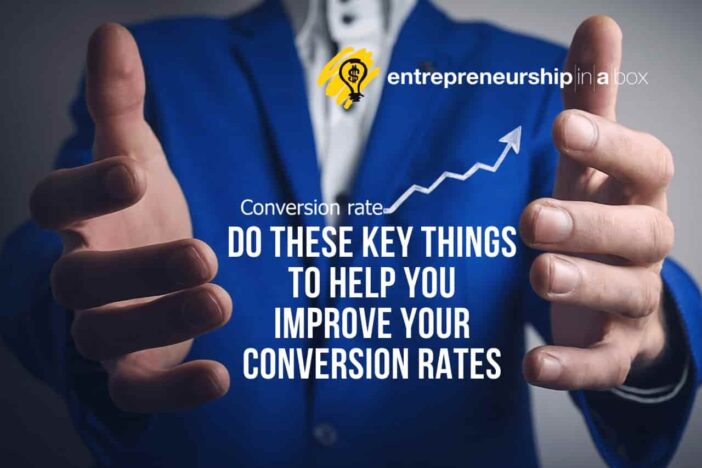Conversion rate optimization is much talked about in marketing circles. However, there is a tendency for marketing types to over-complicate things. Getting conversion rate optimization right doesn’t have to be any more complicated than focusing on some key fundamentals. In this article, we are going to talk through these fundamentals.
We believe that the 80/20 rule applies here: if you focus on this 20% of actions, you will get 80% of the overall benefits of conversion rate optimisation. So without further ado. Let’s get into it.
Check your tracking (and track the right things)
The very first thing you need to do is to ensure that your tracking is set up correctly. As Peter Drucker once said, what gets measured gets improved. You must make sure that your analytics software is tracking the correct elements on your website. It’s also important to ensure that robot traffic or traffic from your own company is excluded from your overall traffic reports. If you are working with an SEO agency, they will usually be able to help you with setting up reports correctly.
Of course, you also need to ensure that you are tracking the right things. Having a bunch of metrics in your reports without any direct connection to your business objectives is just noise. Moreover, it can actually lead to wrong decisions being made in terms of where your marketing spend and resources should be allocated.
Scrutinize every single metric in your reports. What does this metric tell me about my business? How does it connect to my bottom line? What are the KPIs that I need to measure to ensure that my marketing is heading in the right direction?
In summary: track everything correctly and ensure you’re tracking the correct things.
Site speed matters
Site speed matters. Around 40% of users will bounce off a website if it takes longer than three seconds to load. People don’t have patience and this impacts your overall conversion rate. And it’s very important that once they land on your landing page, they immediately see what they were expecting, which is a fully loaded page displaying the content they came to see.
Site speed is such an important factor in user experience that search engines such as Google have actually started including it within their algorithms and turned it into a legitimate ranking factor.
Google provides tools to help you determine how good your page speed is- an example is the page speed insights tool. Work with your developers to ensure that your website loads quickly and that you can identify any necessary actions to help improve the site speed, for example minimizing Javascript and CSS files.
Identify key problem pages on your website to help you prioritize
Unless you have an endless budget and all the resources that you could ask for, chances are that you are going to need to prioritize where you spend your time, energy, and money when it comes to conversion rate optimization.
Therefore, it’s good to use the analytics reports to identify key problem pages on your website. Look at reports such as user flow analysis or bounce rates to figure out where on your website users are bouncing off and not finding what they’re looking for. Of course, you need to consider which pages are most critical to your business objectives as well.
This process will help you identify which pages should be your key focus. And again, applying the 80/20 rule, getting conversion optimization right on your top 20 pages is likely to deliver at least 80% of the revenue results that you are looking for.
Get to the point quickly with your copy
Attention spans are getting shorter and shorter. And people just don’t have the patience to read long, rambling copy. Make sure you get to the point of what you are looking to sell them quickly and improve your conversion rate. Make sure your copy is punchy to the point and speaks the customer’s language.
They should know, as soon as they land on your page, that you are speaking to them specifically. And they should know exactly what to do next.
Ensure your CTAs are effective
Speaking of what to do next, you need to ensure that your calls to action are very, very clear. One of the best ways to make your call-to-action button stand out from the rest of your webpage is by ensuring that its color is in sharp contrast to the rest of the page. Orange tends to be a popular choice for this very reason.
However, any color that is in contrast to the rest of the page can be effective. You also need to make sure that your call-to-action copy (within the button) also matches the experience that the user has had with the rest of the webpage. This will increase your conversion rate.
In closing
Conversion rate optimization can be very complicated, however, to get started and get the majority of your results, focus on some key fundamentals as mentioned in this article.



